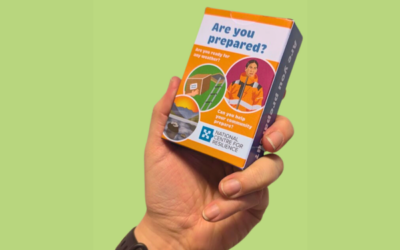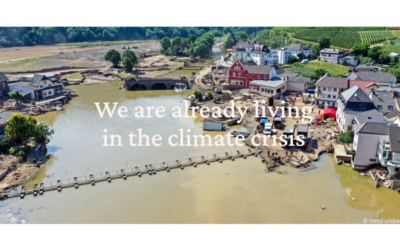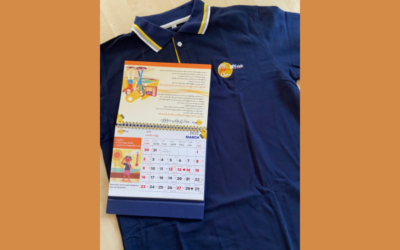The DKKV is…
German Committee for Disaster Reduction e.V. (ger.: Deutsches Komitee Katastrophenvorsorge e.V.)
Newsblog
New Serious Game for Kids
The National Center for Resilience has launched a serious game for children between the ages of 6 and 12: 'Are you prepared?' The game is designed to help children engage with natural hazards and learn how to prepare for extreme weather events, stay safe and recover....
First National Interdisciplinary Climate Risk Assesment published
The National Interdisciplinary Climate Risk Assessment NiKE examines the significant impacts of climate change, with a particular focus on Germany, the European Union and global geopolitics. The analysis shows how the climate crisis is increasingly threatening...
Gifts from Myanmar
Today we received some wonderful gifts from our project partners in Myanmar, which we are very happy about. We are particularly excited about a calendar containing valuable information and facts about heat. This was developed as part of a local workshop and helps to...
News from Mercury: Extreme temperatures and their effects
The closest and smallest planet to the sun in our solar system, Mercury, fascinates researchers with its extreme temperature differences and lack of an atmosphere. Scientists from DLR, TU Berlin, KIT and Charles University in Prague have investigated geophysical...
Follow us
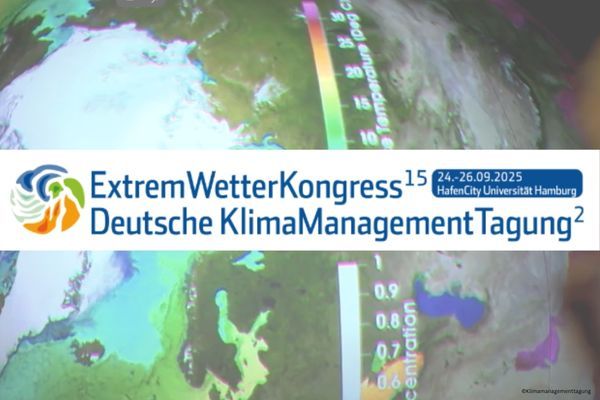
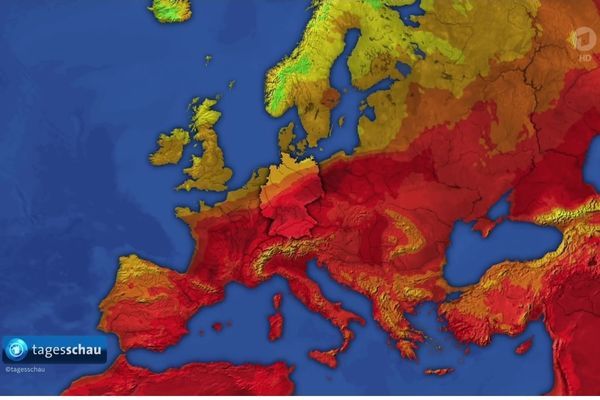
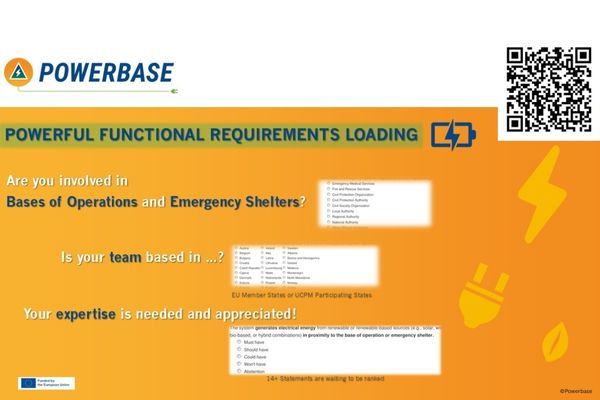
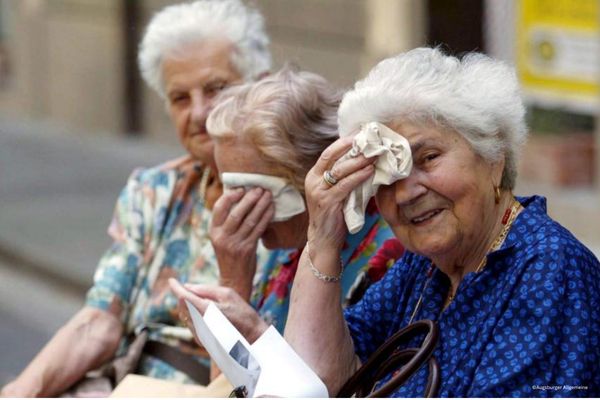
What is disaster risk reduction?
Storms, natural hazards and extreme events can quickly become a danger to people and the environment. But climate change, extreme urbanization, power outages and fires also offer potential hazards.
A disaster occurs when the functioning of a community or society is impaired or interrupted and, as a result, high human, material, economic and ecological losses occur that cannot be managed alone.
Precautionary measures can help to reduce the consequences and impact of the disaster. Depending on the hazard and personal circumstances, the precautionary measures to be taken may vary.
Find out more about potential hazards and individual precautionary measures on our topic pages.


